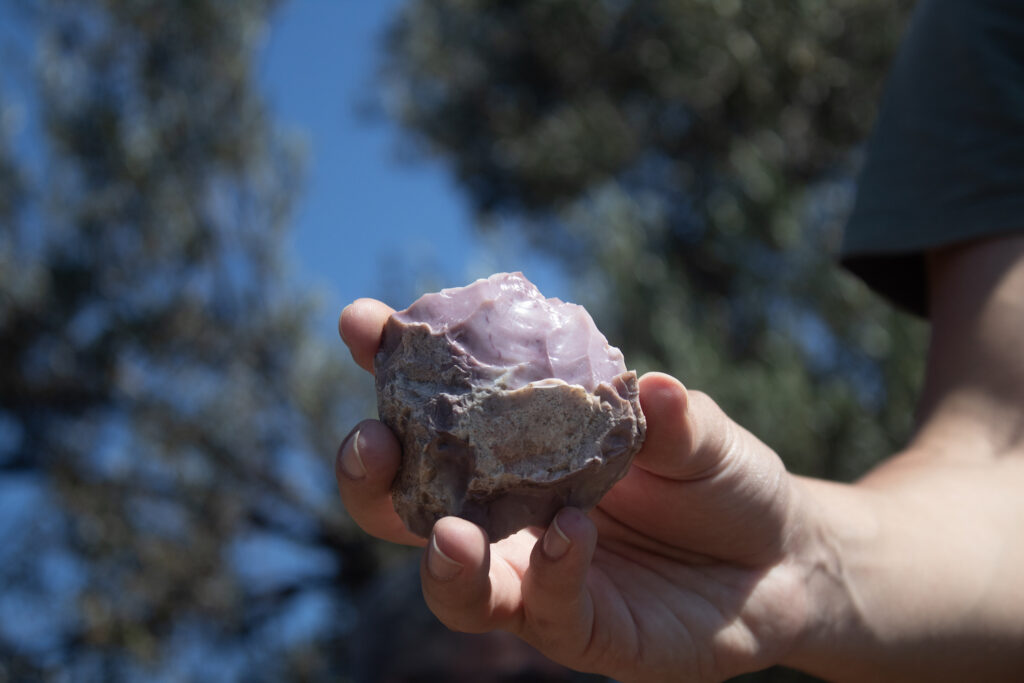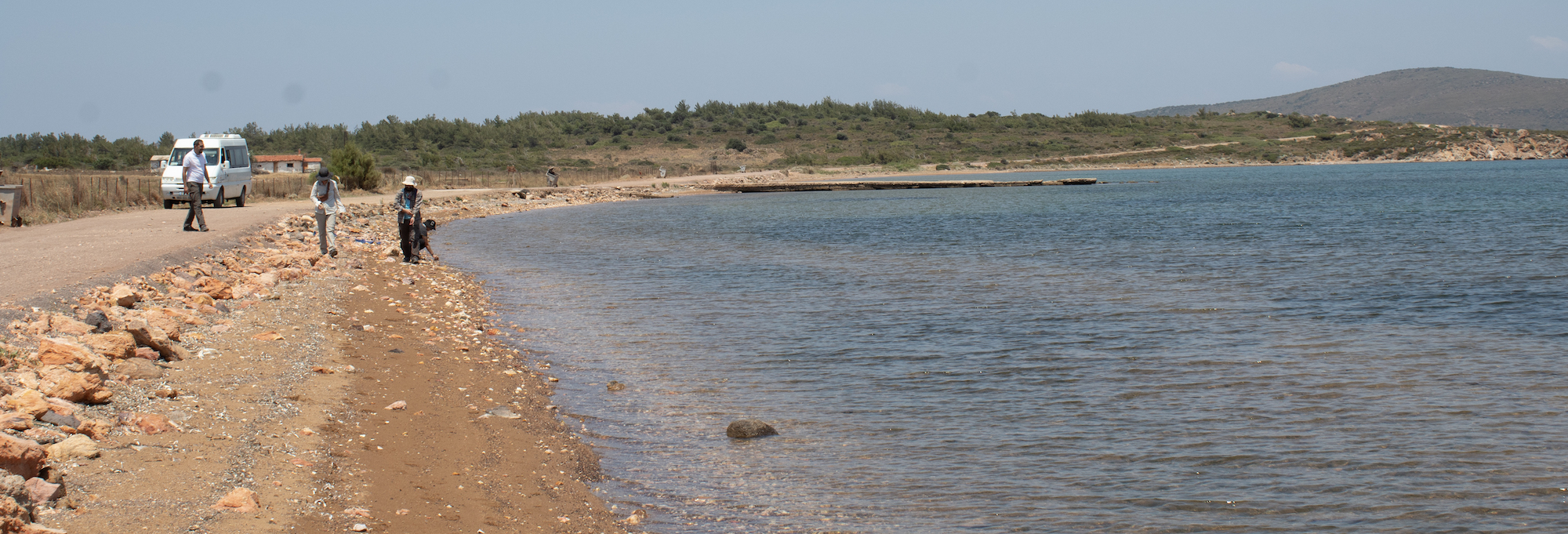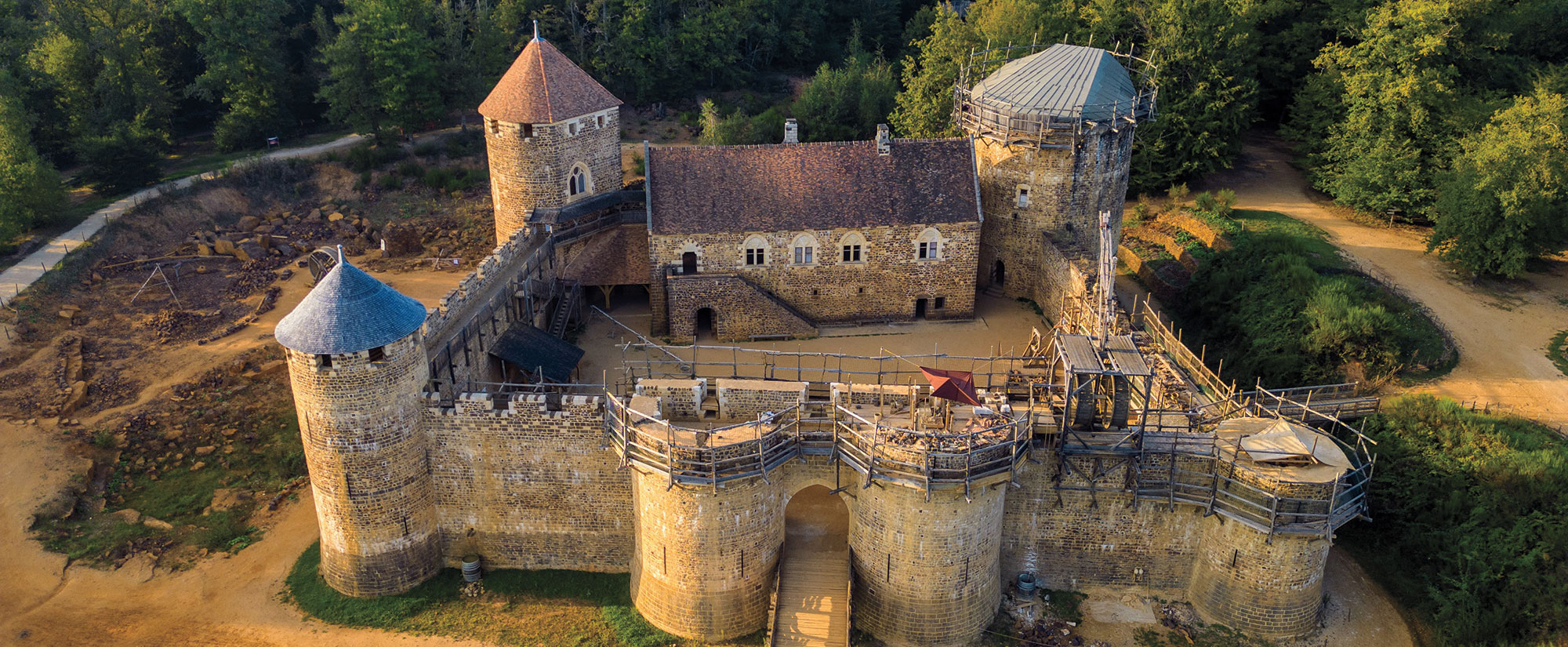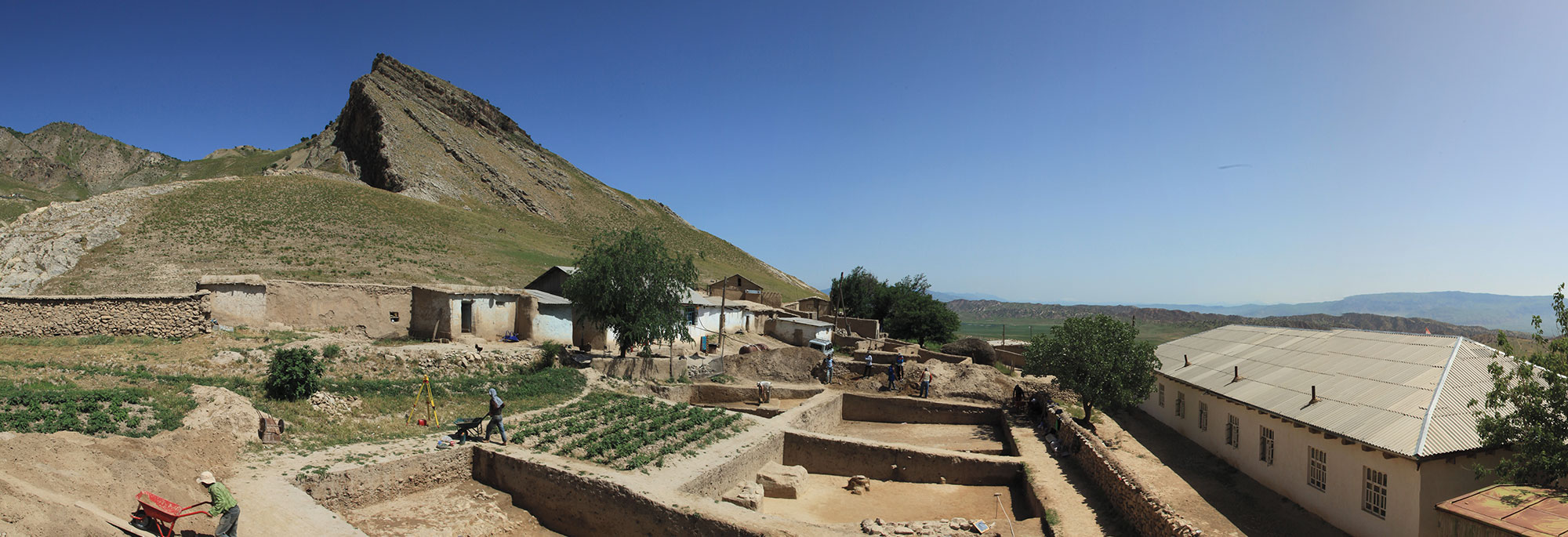
AYVALIK, TURKEY—More than 100 Ice Age tools associated with early humans have been discovered along Turkey’s eastern coastline, suggesting that people may have once migrated from Anatolia to Europe across stretches of land that are now at the bottom of the Aegean Sea. According to a report in SciTech Daily, archaeologist Göknur Karahan of Hacettepe University said that the large Paleolithic cutting tools represent the same Levallois technology found in Africa, Asia, and Europe, and may therefore open up another possible pathway traveled by early humans. The preliminary survey also recorded sources of raw materials such as flint and chalcedony, Karahan explained. “The findings paint a vivid picture of early human adaptation, innovation, and mobility along the Aegean,” she said. Karahan and her colleagues recommend dating, excavation, and the reconstruction of the paleoenvironment as next steps in the study of the region. Read the original scholarly article about this research in Journal of Island and Coastal Archaeology. To read more about archaeology near Turkey's Aegean coast, go to "Off the Grid: Beçin, Turkey."












